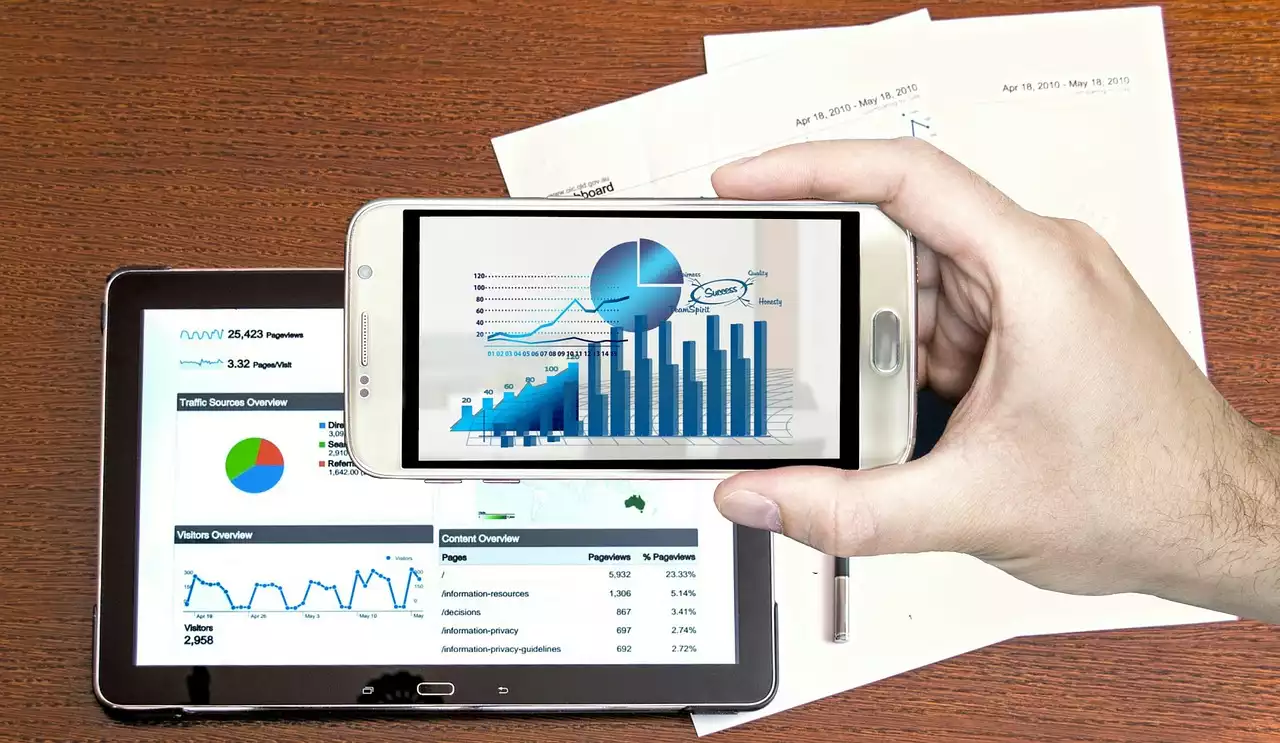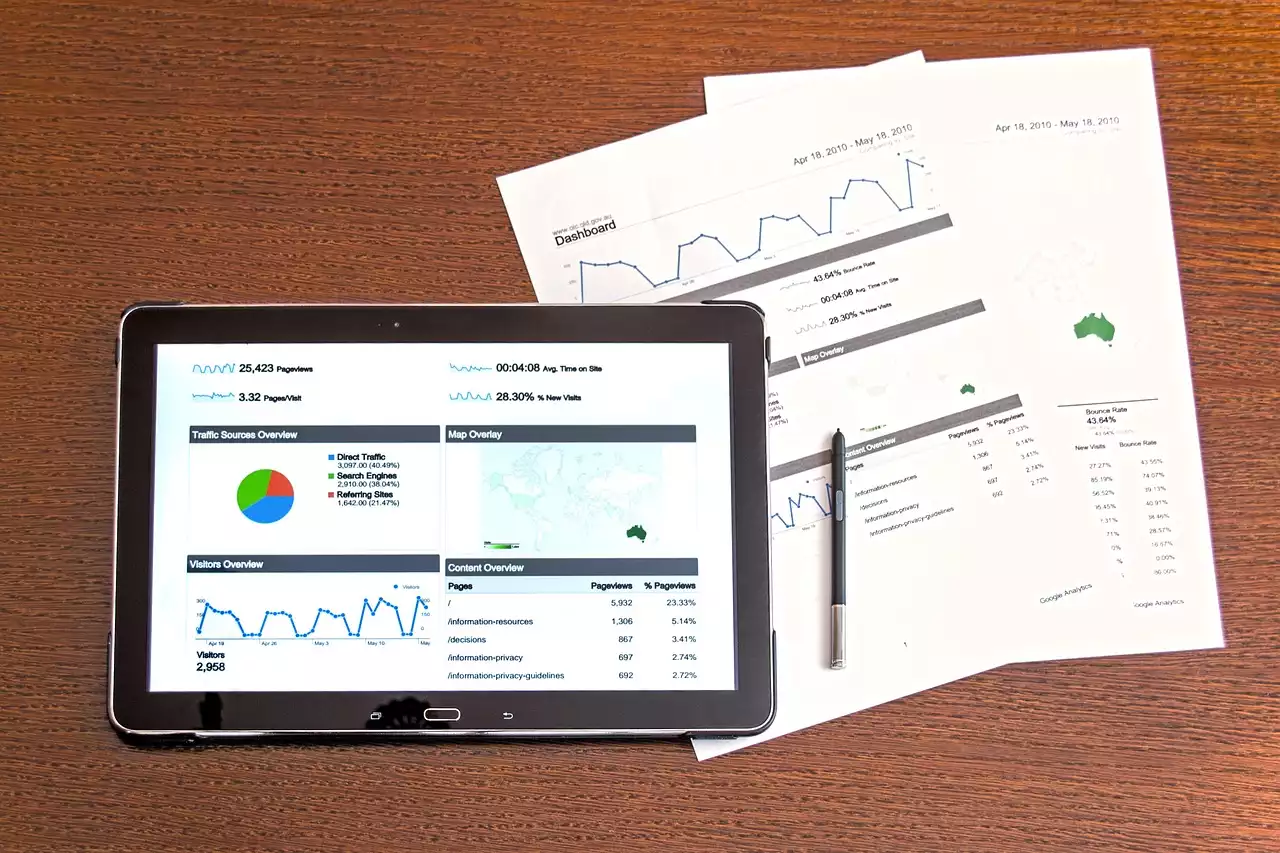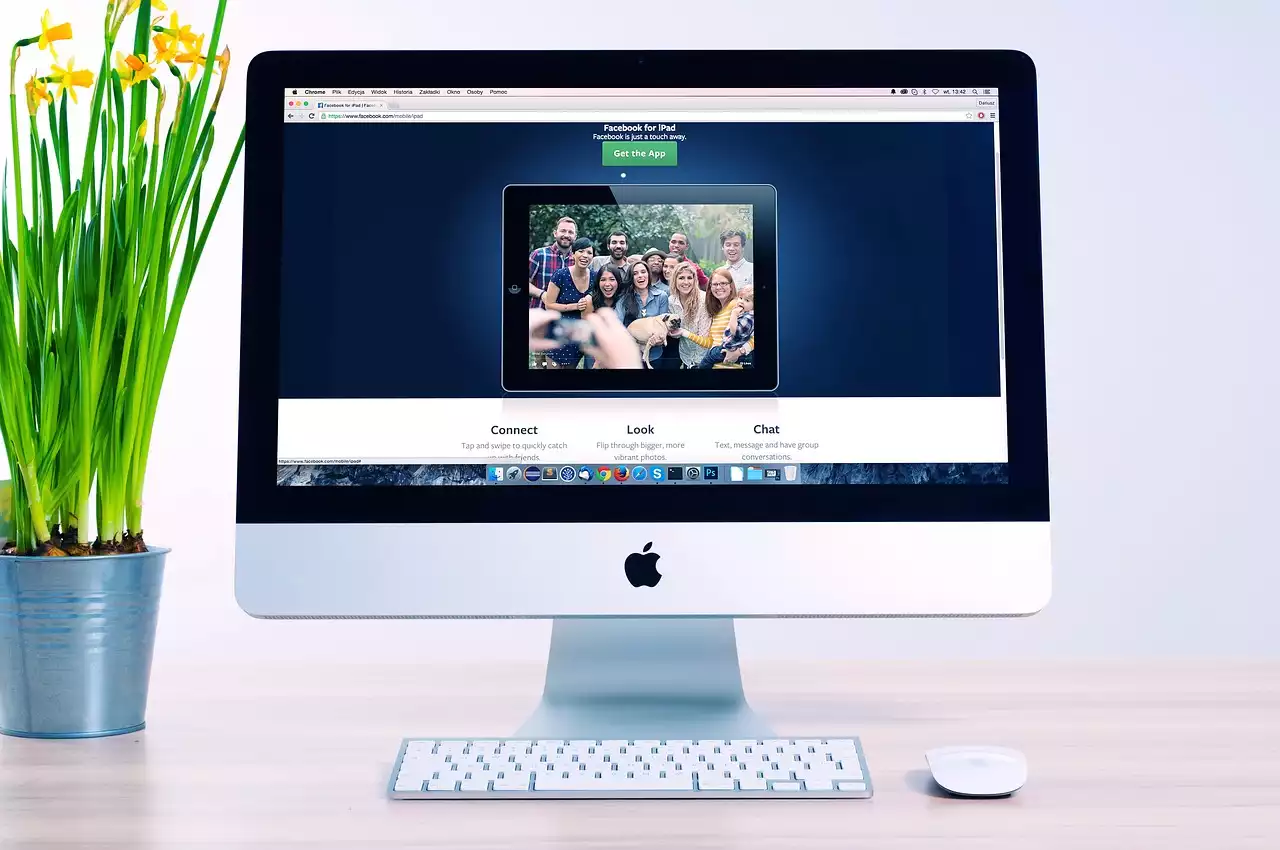What is a High-Converting Landing Page?
Before we dive into the specifics of designing a high-converting landing page, let's first define what we mean by "high-converting." A high-converting landing page is one that persuades a user to take a desired action, such as making a purchase, filling out a form, or subscribing to a newsletter. The conversion rate of a landing page is the percentage of visitors who take that desired action.
A landing page is typically a standalone page that is separate from your website and is designed specifically for a particular campaign or promotion. The goal of a landing page is to provide a clear and compelling offer to the user and to eliminate any distractions that might prevent them from taking the desired action.
Understanding Your Target Audience
One of the most important steps in designing a high-converting landing page is to understand your target audience. Who are they? What are their pain points? What motivates them to take action? The more you know about your target audience, the better you can tailor your landing page to their needs.
Start by creating a buyer persona for your target audience. A buyer persona is a fictional representation of your ideal customer. It includes information such as their demographics, interests, and behaviors. Once you have a clear understanding of your target audience, you can use that information to craft a landing page that speaks directly to their needs.
The Essential Elements of a Landing Page
Now that you have a better understanding of your target audience, let's take a look at the essential elements of a landing page. These are the components that make up a successful landing page.
Crafting an Attention-Grabbing Headline
The headline is the first thing a user sees when they land on your page, so it's important to make it count. Your headline should clearly and concisely communicate the value proposition of your offer. It should be attention-grabbing and make the user want to learn more.
One effective technique for crafting headlines is to use the "so what" test. Ask yourself, "so what?" after each headline you write. If the answer is not immediately clear, then your headline needs work.
Writing Compelling and Persuasive Copy
Once you have a user's attention with your headline, it's important to keep them engaged with your copy. Your copy should be persuasive and clearly communicate the benefits of your offer. Use short paragraphs and bullet points to make your copy easy to read and scan.
Remember, the goal of your landing page is to persuade the user to take a desired action. Use persuasive language and highlight the benefits of your offer to make it more compelling.
Using Visuals to Enhance Your Landing Page
Visuals can be a powerful tool for enhancing your landing page. They can help to break up the text and make your page more visually appealing. Use high-quality images and videos that are relevant to your offer.
One effective use of visuals is to use them to demonstrate the benefits of your offer. For example, if you're offering a software product, you might include a video that shows how easy it is to use.
Creating a Strong Call-to-Action (CTA)
The call-to-action (CTA) is the button or link that the user clicks to take the desired action. It's important to make your CTA clear and prominent on the page. Use contrasting colors to make it stand out and use action-oriented language to make it more compelling.
One effective technique for creating a strong CTA is to use urgency. For example, you might use language like "limited time offer" or "act now" to create a sense of urgency and encourage the user to take action.
A/B Testing Your Landing Page
Once you have designed your landing page, it's important to test it to see how it performs. A/B testing is a technique that involves testing two different versions of a landing page to see which one performs better.
To conduct an A/B test, you create two different versions of your landing page with one key difference between them. For example, you might test two different headlines or two different colors for your CTA button. Then, you track the performance of each version to see which one performs better.
A/B testing can help you to optimize your landing page and improve your conversion rate over time.
Common Landing Page Mistakes to Avoid
There are a few common landing page mistakes that can prevent your page from converting as well as it could. Here are a few to avoid:
- Too many distractions: Your landing page should be focused on the offer and eliminate any distractions that might prevent the user from taking action. - Unclear value proposition: Your offer should be clear and compelling. Make sure that the user understands the benefits of taking the desired action. - Poor layout and design: Your landing page should be visually appealing and easy to navigate. Use clear and concise copy, high-quality visuals, and a strong CTA to guide the user towards the desired action.
Tools and Resources for Designing a High-Converting Landing Page
Designing a high-converting landing page can be challenging, but there are many tools and resources available to help. Here are a few that you might find helpful:
- Unbounce: Unbounce is a landing page builder that makes it easy to create and test landing pages.
- Canva: Canva is a design tool that allows you to create high-quality visuals for your landing page.
- Google Optimize: Google Optimize is a free A/B testing tool that allows you to test different versions of your landing page.










